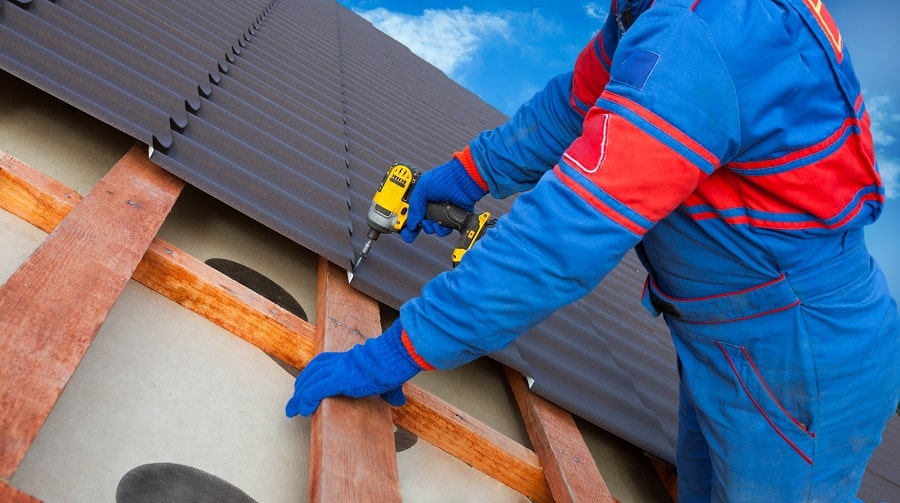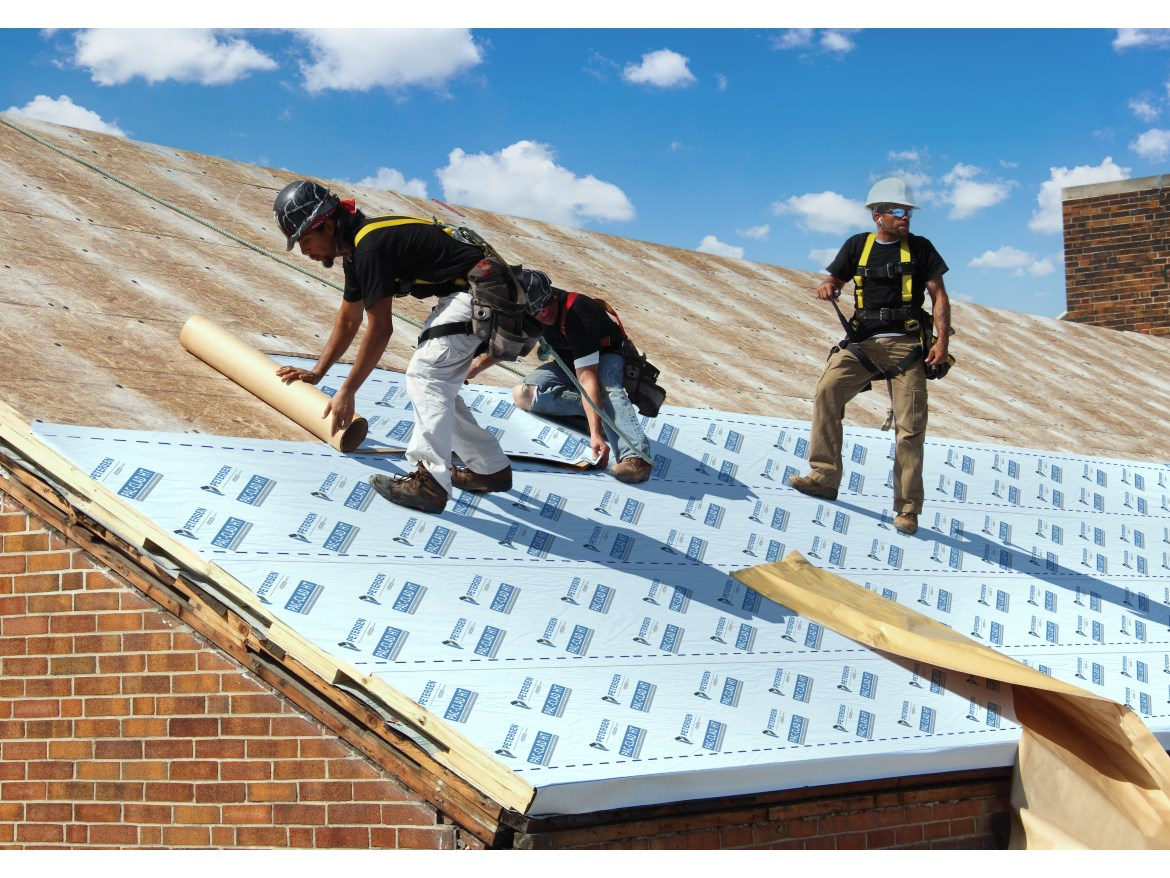Storm Damage Repair
Storm Damage Repair Timeline: What to Expect After the Storm Passes

When a storm sweeps through your area, it can leave a path of destruction in its wake. From fallen trees and damaged roofs to flooding and power outages, the aftermath can feel overwhelming. Understanding the storm damage repair timeline can help you prepare for the recovery process and set realistic expectations.
Assessing the Damage
The first step after a storm passes is to assess the extent of the damage. Safety should be the top priority. Downed power lines, unstable structures, and floodwaters can pose serious risks. Once it is safe to do so, inspecting your property for visible damage can help determine the immediate steps needed for repairs. Checking the roof for missing shingles, looking for leaks inside the home, and examining the yard for fallen trees or debris are all essential tasks. If flooding has occurred, assessing water damage and potential mold growth will also be necessary.
Contacting Insurance and Filing a Claim
Once the damage has been documented, the next step is reaching out to your insurance company. Providing photos and detailed descriptions of the damage can help streamline the claims process. Depending on the severity of the storm and the number of affected homeowners, insurance adjusters may take time to arrive for an inspection. Staying in touch with your insurance provider and keeping records of all communication can help ensure a smooth process.

Temporary Repairs to Prevent Further Damage
While waiting for insurance approval and professional repairs, temporary fixes may be necessary to prevent further damage. Tarping a damaged roof, boarding up broken windows, and using sandbags to control minor flooding can help protect your home from additional harm. Professional restoration companies often offer emergency services to mitigate further issues while permanent repairs are planned.
Hiring Contractors and Scheduling Repairs
Once insurance approval is secured, finding reliable contractors to complete the necessary repairs is the next step. High demand after a major storm can lead to longer wait times for services, making it essential to start the search early. Researching local contractors, checking reviews, and verifying licenses can help ensure quality work. Depending on the extent of the damage, repairs may take weeks or even months to complete. Roofing, siding, electrical work, and water damage restoration all require specialized professionals, and coordinating their schedules can impact the overall timeline.
Restoring Utilities and Essential Services
Severe storms often lead to power outages, water contamination, and disruptions in communication services. Utility companies prioritize restoration based on the level of impact and critical needs in the community. While some areas may regain power quickly, others could experience delays due to widespread damage. Having a backup generator, access to clean water, and alternative communication methods can help during this phase.

Structural Repairs and Home Restoration
Once contractors begin working on repairs, the timeline can vary depending on the severity of the damage. Roof replacements, structural rebuilding, and extensive water damage restoration may take several weeks. For homes requiring interior work, such as drywall replacement, flooring repairs, or mold remediation, the process can extend further. Weather conditions, availability of materials, and contractor schedules all play a role in determining how quickly the work can be completed.
Landscaping and Exterior Restoration
Beyond structural repairs, storm damage often affects the landscaping and exterior elements of a property. Fallen trees, damaged fences, and eroded soil may require additional attention. Professional landscaping services can help restore the outdoor space, while local authorities may assist with debris removal. Restoring curb appeal and ensuring proper drainage around the home are also important considerations in the recovery process.
Returning to Normal
The final stage of storm damage repair is getting back to everyday life. While some homeowners may complete repairs within a few weeks, others dealing with extensive damage may face a longer road to full restoration. Maintaining communication with contractors, staying patient through delays, and prioritizing safety can make the process smoother. Once repairs are finished, taking preventive measures such as reinforcing roofing materials, improving drainage systems, and trimming trees near the home can help minimize future storm damage risks.
